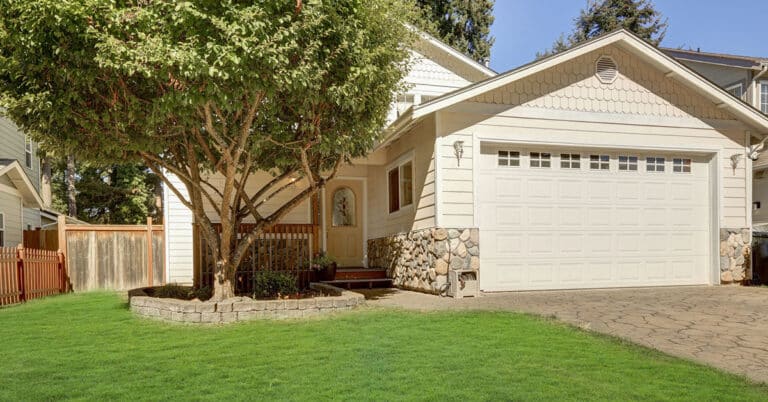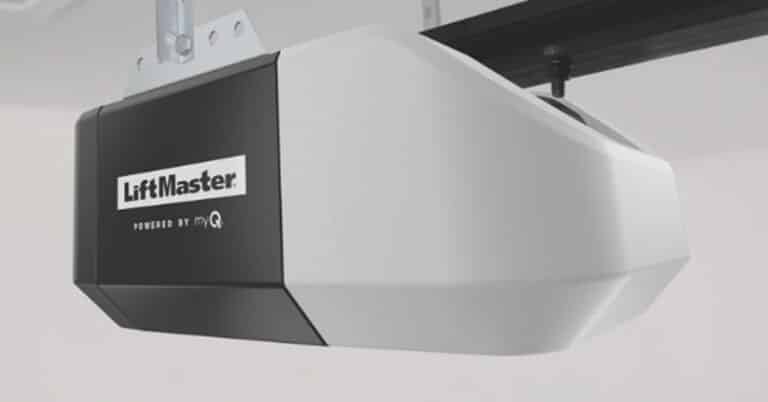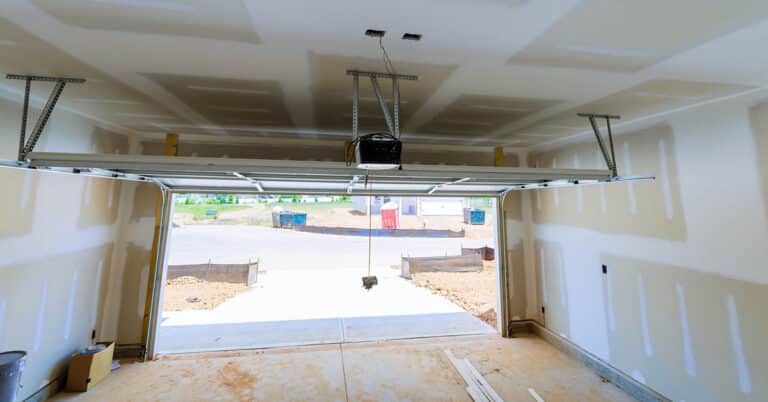Spot problems early so your garage door operator stays safe and reliable
Most breakdowns don’t start big. They start with new sounds, lights that blink, or doors that hesitate. Here is how to read those early clues, what you can do safely, and when to schedule professional help before damage or injury happens.
TL;DR
- Blinking lights, beeps, or repeated reversals are early flags you should not ignore.
- Run two quick tests each month: reversal on a 2×4 and the photo-eye beam test.
- Service reminders after many cycles are nudges, but force faults call for a pro.
- If tests fail or symptoms keep coming back, stop using the unit and schedule garage door repair.
Early warning signs you can see and hear
Blinking lights and beeps that point to a problem
Many units use lights and sounds to get your attention. You might see a repeating flash pattern or hear beeps when there is a sensor issue, a force fault, or a low backup battery on a wall-mount unit. Treat these as helpful clues, not mysteries. Start by checking the photo-eyes for dirt and alignment, then try a close and watch what the operator reports. If warnings return, do not shrug them off. Persistent alerts usually mean the door system needs attention.
The door stops, reverses, or struggles for no clear reason
If the door moves a little, then reverses with nothing in the way, the operator may be sensing too much force. That can happen when the door binds, is out of balance, or has worn rollers. You can confirm the basics with two tests: the reversal test on a flat 2×4 and the photo-eye beam test. The UL Standards found on the DASMA website, these protections are part of the safety baseline and must work. If either test fails after you re-check sensor alignment, stop using the unit and schedule service.
Service reminders and cycle counts
Some models include a service reminder after a set number of cycles. Think of it as an oil-change light for your door system. It is not a failure, but it is a good time to do the two safety tests, look over rollers and hinges, and listen for new sounds. If reminders show up alongside force faults or jerky motion, that combination is a stronger signal to get help soon. For a plain-English view of safety expectations used in the trade, see guidance from DASMA.
[Pro Note]
Repeated force faults often trace to the door itself, not the motor. Fixing balance, rollers, or track alignment protects the operator and prevents repeat issues.
Simple checks to try before calling for garage door repair
Clean lenses, confirm alignment, and check brackets
Photo-eyes near the bottom of the tracks can drift out of line or get dusty. Wipe the lenses gently and make sure both sensor LEDs are solid. Confirm brackets and wing nuts are snug so a bump does not knock them out again. A small, steady green or amber light is a good sign. If the eyes will not stay aligned, note that for the tech. It speeds the fix.
Run the two safety tests the right way
With the door open, block the sensor beam and confirm the door will not close. Then place a 2×4 on its flat side under the door and close it. The door must reverse on contact. These two tests take minutes and catch most safety problems early. If you need a reference for test steps or indicator meanings, see the owner’s manual for your model (example PDF hosting: Devanco LiftMaster 81650 manual.
Replace small batteries and listen for change, not noise
Remote and keypad batteries wear out and cause short range or missed presses. Replace them when performance drops. For the operator, listen for change, not the normal hum or chain sound. New clanking, slapping, or squealing is the story you want to write down with dates. Patterns help a technician zero in on the root cause.
[Safety Tip]
Never bypass or tape over photo-eyes. If the beam test fails, fix the cause and keep the protection. Safety devices are not optional.
When to stop and call a pro immediately
Failed safety tests or repeated force faults
If the reversal or beam test fails, that is a hard stop. The system is out of its safety baseline and must be restored. Likewise, if force faults or unexplained reversals keep returning after basic checks, stop using the unit. A trained technician can diagnose door balance, track issues, or settings that are outside the safe range, then reset the operator correctly.
Jerky motion, grinding, or a door that will not stay halfway
A door that drops when you try to hold it halfway open is likely out of balance. Jerky motion or grinding often means worn rollers or binding tracks. These are mechanical door issues that can quickly damage the operator if ignored. Schedule service now so a small fix does not become a larger repair.
Beeps that point to low backup battery
Wall-mount models with battery backup will beep when the battery is low. Replace the battery promptly so you have reliable operation during an outage. If beeps return soon after a replacement, note the timing and call a pro to check charging and connections.
[Myth vs Fact]
Myth: “It still closes if I hold the button, so it is fine.”
Fact: Safety features must work in normal use, not only with workarounds. If tests fail, stop and get help.
Frequently asked questions
What warning signs should make me stop using my garage door opener right away?
Failed reversal or beam tests, repeated force faults, and a door that binds or jerks are all stop signs. These symptoms mean the system may be unsafe or at risk of damage. Do not keep trying. Schedule professional service to restore safe, smooth operation.
Are blinking lights always a sensor problem?
Not always. Blinks can indicate sensor misalignment, an obstruction, force faults, or a low backup battery on some wall-mount models. Clean and align the sensors first. If blinks return or the door still reverses, get a technician to check the door system and settings.
How can I tell if I need garage door repair or just maintenance?
Use the two tests as your guide. If both tests pass and the door runs smoothly, you likely need simple upkeep, such as cleaning sensors or replacing small batteries. If tests fail, or you see jerky motion, grinding, or recurring reversals, it is time for professional repair.
Do service reminders mean my operator is failing?
Service reminders are cycle-based nudges, not failures. They tell you it is a good time to run safety tests and look over moving parts. If reminders show up with force faults or new noises, treat that combination as a reason to schedule service soon.
Fix small issues before they become big problems
Pay attention to the first signs: new sounds, beeps, and blinks. Do the two safety tests, clean the sensors, and change small batteries before they strand you. If warnings keep coming back, schedule garage door repair. We will check the door system, restore safety, and help you prevent repeat problems.
Sources
- DASMA — DASMA TDS 353 | Gate Operators and the ANSI/UL 325 Standard — https://www.dasma.com/wp-content/uploads/pubs/TechDataSheets/OperatorElectronics/TDS353.pdf — date accessed 2025-09-17
- DASMA — DASMA TDS 351: Federal and State Residential Garage Door Operator Legislation Guidelines For Dealers and Installers — https://www.dasma.com/wp-content/uploads/pubs/TechDataSheets/OperatorElectronics/TDS351.pdf — date accessed 2025-09-17
- Devanco Canada — LiftMaster Wi-Fi Garage Door Opener Owner’s Manual (Models 81550/81650/81600/81602/83650-267) — https://www.devancocanada.com/files/manuals/81650_Installation-manual.pdf — date accessed 2025-09-17








